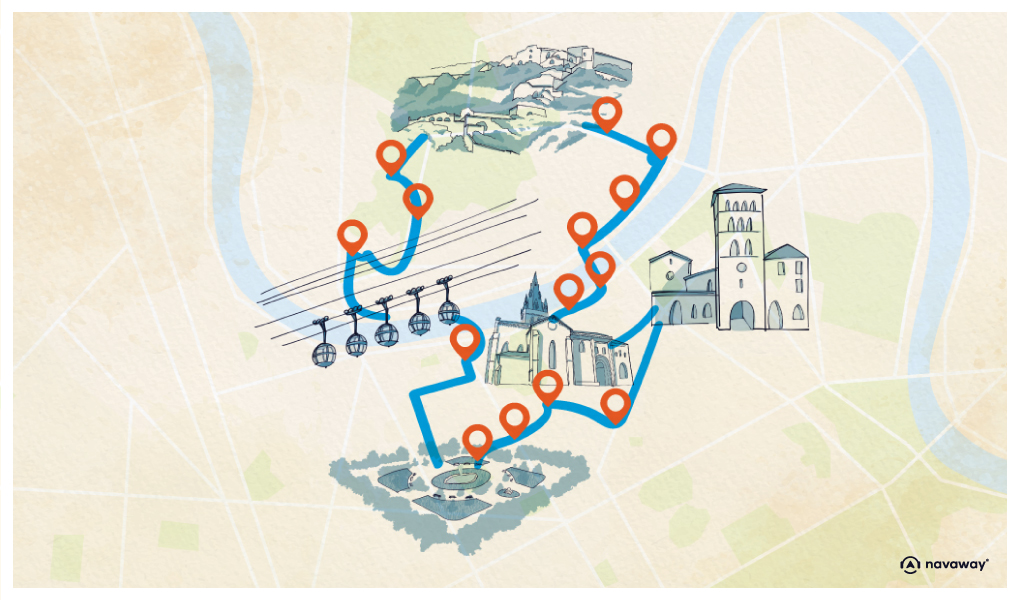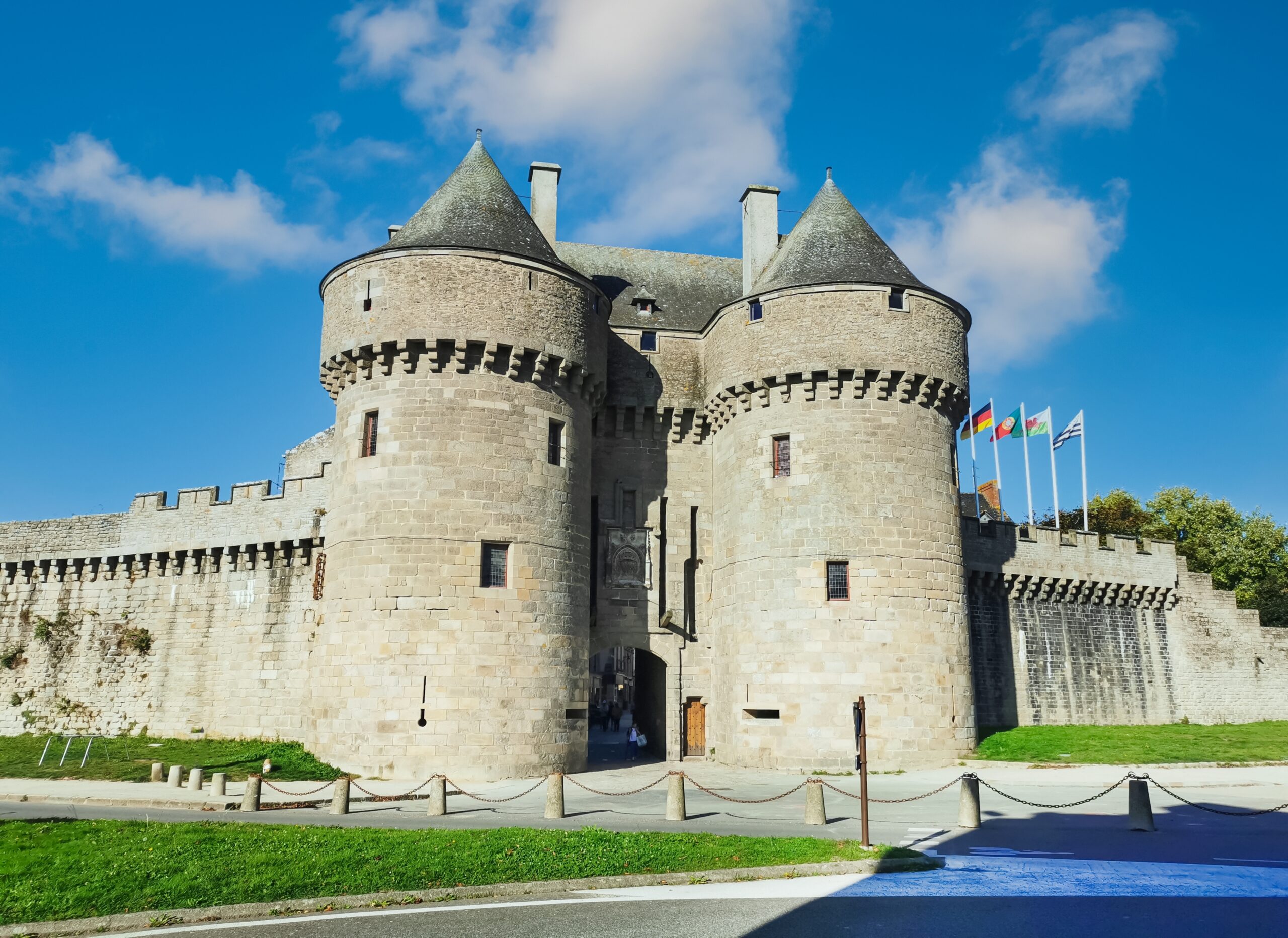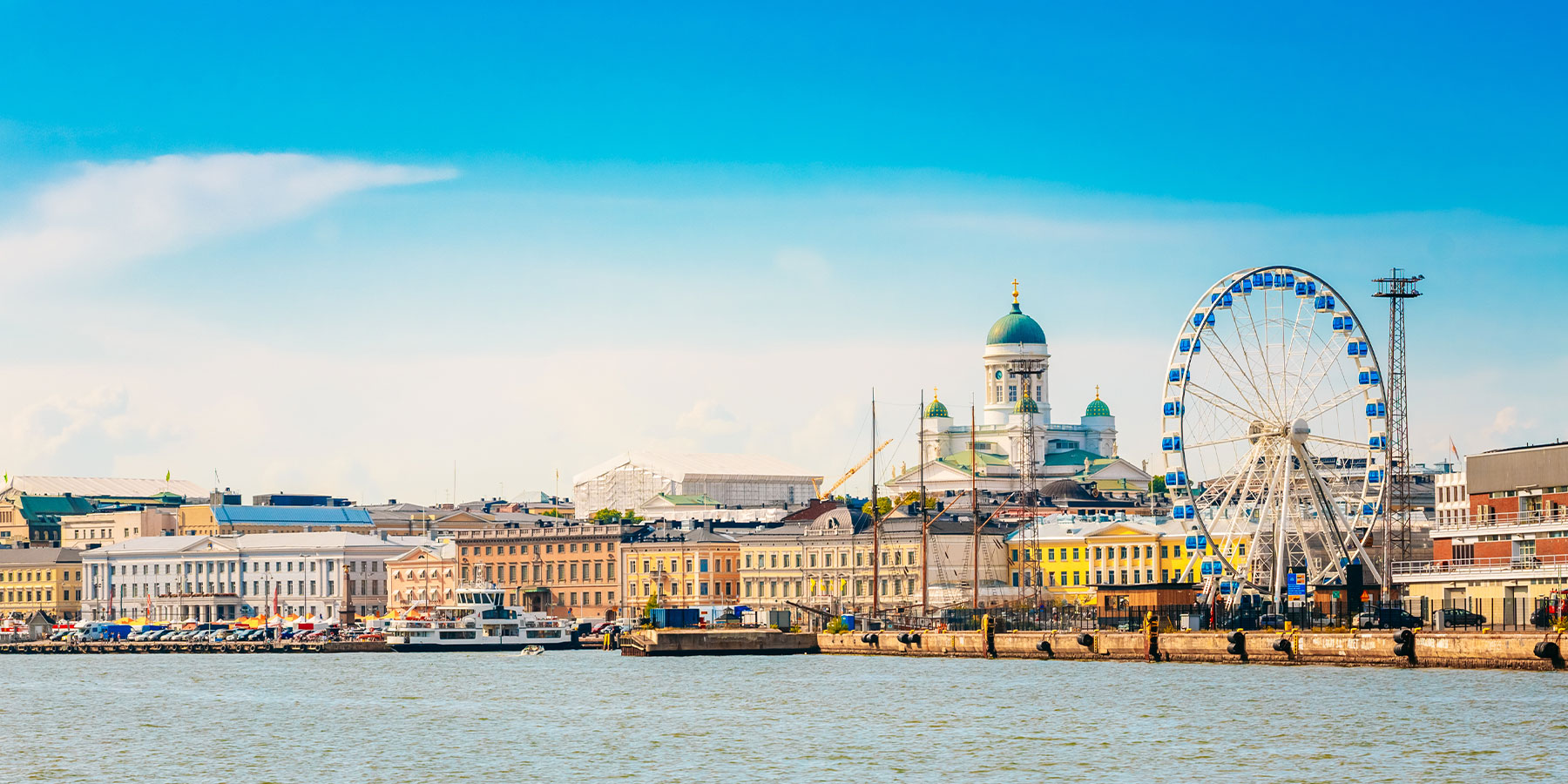
Grenette square

This point of interest is available as audio on the tour: Visit Grenoble, The Capital of the Alps
This is Grenette Square. Until the end of the 14th century, you would have been standing outside of the city walls, at the foot of the Gallo-Roman enclosure. At that time it was known as the “Granaterie Square”, because of the important grain market that took place there. From Granaterie came its present name of Grenette. In the 16th century, the city walls were extended and the square became the heart of the new town. It was also here that the guillotine was installed for public execution! That being said, you should know that it was actually only used twice. However, one of these executions, was particularly memorable. I am talking about the condemnation of the priest Antoine Berthet who had murdered his former mistress during mass, in plain daytime! This bloody crime inspired a young man from Grenoble to write his second novel. It was the French writer Stendhal and his famous “The Red and the Black”! No more public executions these days, no matter how inspiring they may be, the Grenette square has undergone a facelift and swapped its guillotine for a beautiful fountain named Le château d’eau. Created by Grenoble artist Victor Sappey, it depicts four cherubs riding on dolphins, the symbol of the Dauphiné. In case you didn’t know the Dauphiné is the Region you are in now! Admittedly, it’s unusual to choose a marine animal for the flag of a mountainous region but bear with me. According to the legend, the dolphin emblem was brought to Grenoble by the knights returning from the First Crusade, who wore it as a symbol of triumph. In the Middle Ages, the dolphin was considered a symbol of salvation and triumph. The Counts of the Viennois, as the region was then known, gradually adopted it as a title of nobility, giving a new name to an entire region. And this is how a mountainous region gets to have a Dolphin on its coat of arms!


Discover Grenoble with app
An interactive guide through the most beautiful streets, squares, and districts
19 fun audioguides full of historical facts, anecdotes, and legends





Comments